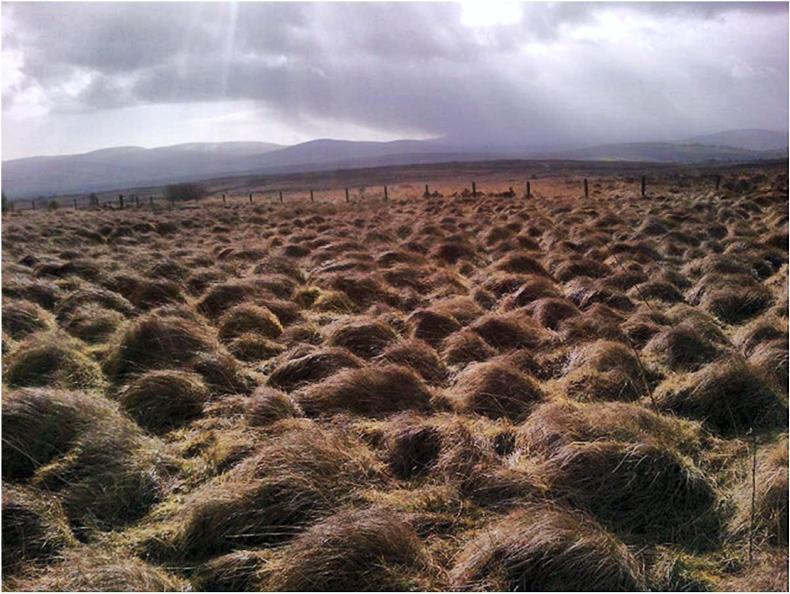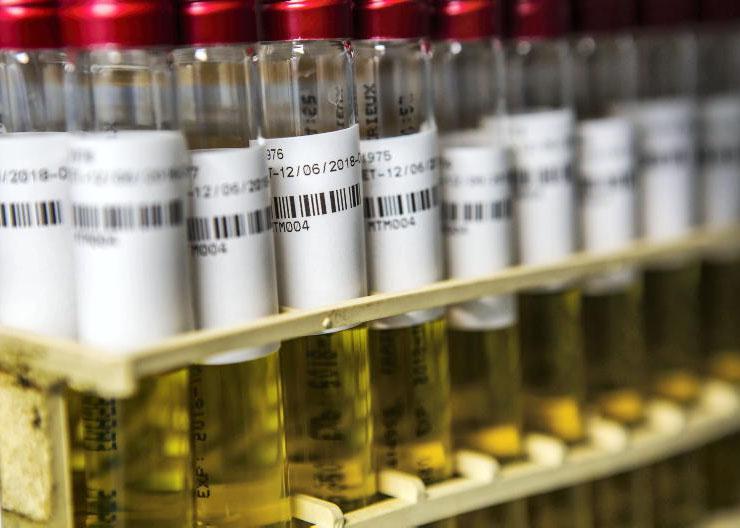Equipment to monitor atmospheric ammonia concentrations has been installed on 25 new sites across NI, a DAERA spokesperson has confirmed.
Speaking to the Irish Farmers Journal on Wednesday, the spokesperson said that Government figures on ammonia emissions are not based on readings from monitoring stations but instead come from scientific modelling of other data.
For example, when calculating ammonia emissions from agriculture, the spokesperson said that “scientifically robust emission factors”, based on ammonia emissions from various farming activities, are applied to data such as livestock numbers and nitrogen fertiliser use.
The ammonia issue has moved up the environmental agenda in NI recently due to concerns about how emissions can lead to nitrogen deposition and damage to sensitive habitats, such as blanket bogs.
Until this spring, there were only three ammonia monitoring stations in NI, which were used to calibrate the scientific models that determine atmospheric ammonia concentrations.
A new project, which has seen 25 additional monitoring sites established in NI, is part of DAERA-funded research that is being led by the Agri Food and Biosciences Institute.
“This data will be used to validate the predictive accuracy of the UK-wide modelling programme for atmospheric ammonia concentrations and nitrogen deposition,” the DAERA spokesperson said.
The research project also involves a review of current NI data on the level of ammonia emissions coming from various farm activities.
A report published by DAERA last week states that ammonia emissions from NI agriculture increased by 7.4% from 2001 to 2017.
In a separate recent publication, DAERA suggested that agriculture was responsible for 94% of total ammonia emissions in NI, with other sources including transport, domestic combustion and industrial processes.
A DAERA spokesperson later confirmed that this figure is based on scientific modelling work undertaken in 2016.
Read more
Long battle ahead over ammonia
Protected urea: your questions answered
Equipment to monitor atmospheric ammonia concentrations has been installed on 25 new sites across NI, a DAERA spokesperson has confirmed.
Speaking to the Irish Farmers Journal on Wednesday, the spokesperson said that Government figures on ammonia emissions are not based on readings from monitoring stations but instead come from scientific modelling of other data.
For example, when calculating ammonia emissions from agriculture, the spokesperson said that “scientifically robust emission factors”, based on ammonia emissions from various farming activities, are applied to data such as livestock numbers and nitrogen fertiliser use.
The ammonia issue has moved up the environmental agenda in NI recently due to concerns about how emissions can lead to nitrogen deposition and damage to sensitive habitats, such as blanket bogs.
Until this spring, there were only three ammonia monitoring stations in NI, which were used to calibrate the scientific models that determine atmospheric ammonia concentrations.
A new project, which has seen 25 additional monitoring sites established in NI, is part of DAERA-funded research that is being led by the Agri Food and Biosciences Institute.
“This data will be used to validate the predictive accuracy of the UK-wide modelling programme for atmospheric ammonia concentrations and nitrogen deposition,” the DAERA spokesperson said.
The research project also involves a review of current NI data on the level of ammonia emissions coming from various farm activities.
A report published by DAERA last week states that ammonia emissions from NI agriculture increased by 7.4% from 2001 to 2017.
In a separate recent publication, DAERA suggested that agriculture was responsible for 94% of total ammonia emissions in NI, with other sources including transport, domestic combustion and industrial processes.
A DAERA spokesperson later confirmed that this figure is based on scientific modelling work undertaken in 2016.
Read more
Long battle ahead over ammonia
Protected urea: your questions answered









SHARING OPTIONS